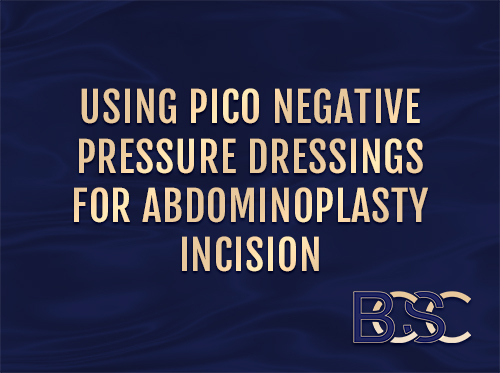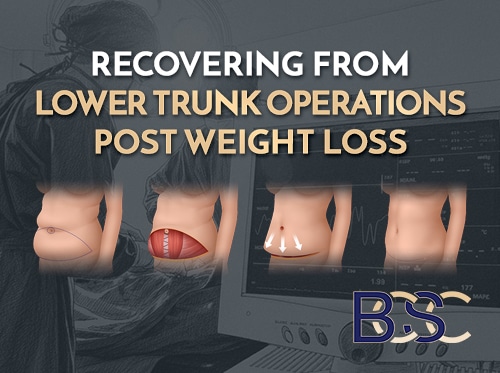How Long Does Abdominoplasty Surgery Take?
Abdominoplasty surgery time varies depending on the type of operation and whether suction-assisted lipectomy (liposuction) is included. As a general guide:
- A mini abdominoplasty usually takes about 1 hour without suction-assisted lipectomy, or around 2 hours with it.
- A full abdominoplasty takes between 2 and 3 hours without suction-assisted lipectomy, and 3 to 5 hours if it is added.
- An extended abdominoplasty is the longest procedure, averaging 3 to 4 hours without suction-assisted lipectomy and 4 to 6 hours with it.
These are average estimates only. Each procedure is tailored to the individual, and surgery may take longer or shorter depending on patient anatomy, previous surgery, and whether additional steps such as hernia repair or muscle tightening (Diastasis recti) are required.
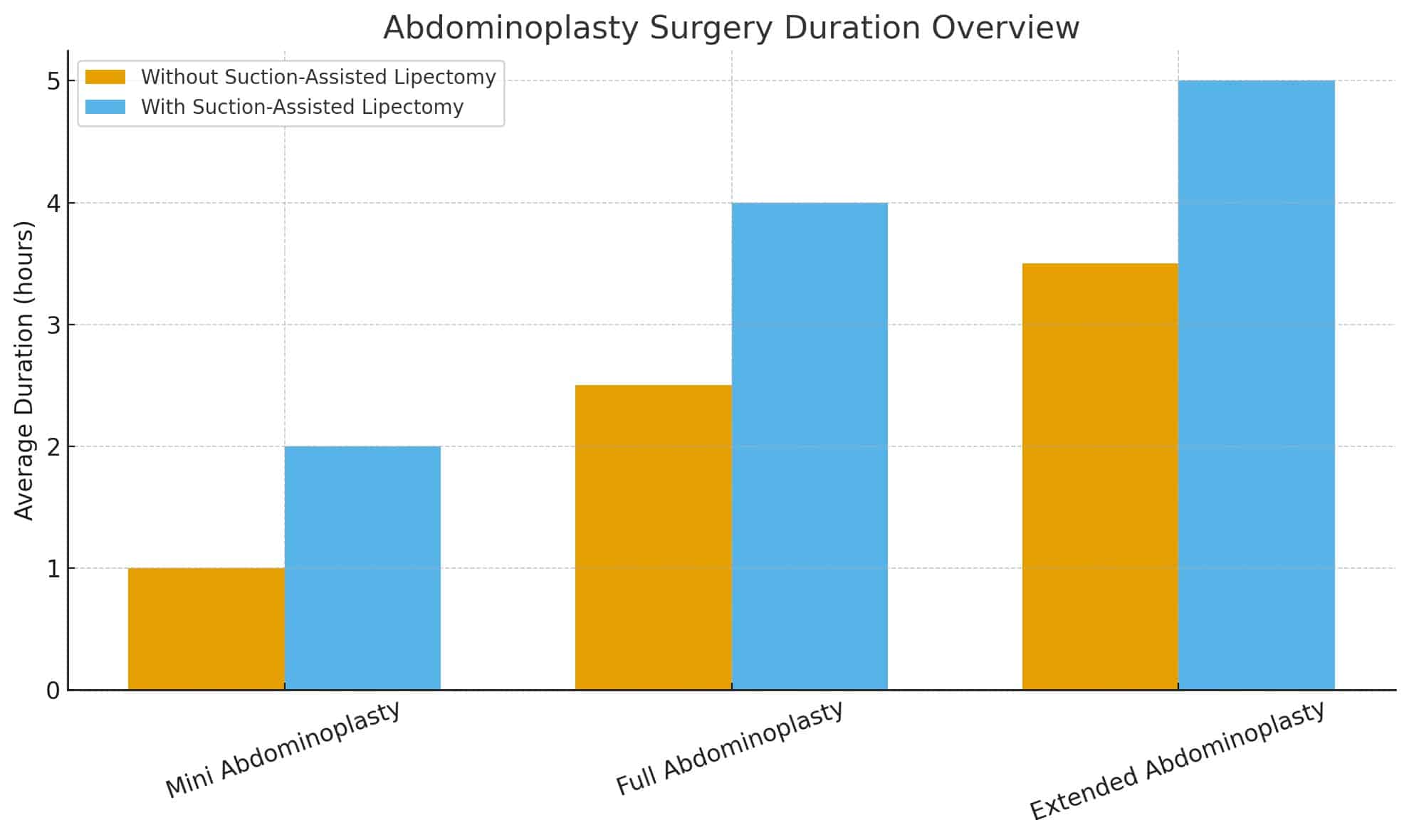
Average Duration of Abdominoplasty Surgery
A mini abdominoplasty is usually the shortest procedure, limited to the lower abdomen below the umbilicus (belly button). A full abdominoplasty addresses both the upper and lower abdominal wall, often with muscle tightening and repositioning of the umbilicus, which makes it more time-intensive. The extended abdominoplasty continues around the flanks and waistline, requiring the longest duration. Including suction-assisted lipectomy adds one to two hours because of the extra time required for fat removal.
What Happens During Abdominoplasty?
Abdominoplasty aims to restore the abdominal wall by removing excess skin and fat, repairing stretched or separated muscles (diastasis recti), and in most cases repositioning the umbilicus. The procedure is performed under general anaesthetic in hospital by a FRACS-qualified specialist surgeon. Most patients remain in hospital for one to three nights so that their early recovery can be monitored.
Factors That Influence Surgery Duration
The time in theatre is shaped by both the surgical technique and the patient’s individual characteristics.
Surgical Technique
Mini Abdominoplasty
This is limited to the lower abdomen and usually requires the shortest operating time, often one to two hours.
Full Abdominoplasty
A more complex operation involving a longer incision, muscle tightening, and umbilicus repositioning. It typically takes two to five hours depending on whether suction-assisted lipectomy is added.
Extended Abdominoplasty
The most extensive type of abdominoplasty, addressing the abdomen, flanks, and waistline. It requires three to six hours.
Addition of Suction-Assisted Lipectomy
Including fat removal extends surgery by one to two hours but can improve overall shaping.
Muscle and Hernia Repair
Repairing diastasis recti (muscle separation) and correcting hernias both add operating time, usually between 30 minutes and an hour.
Patient Factors
Body Mass Index (BMI)
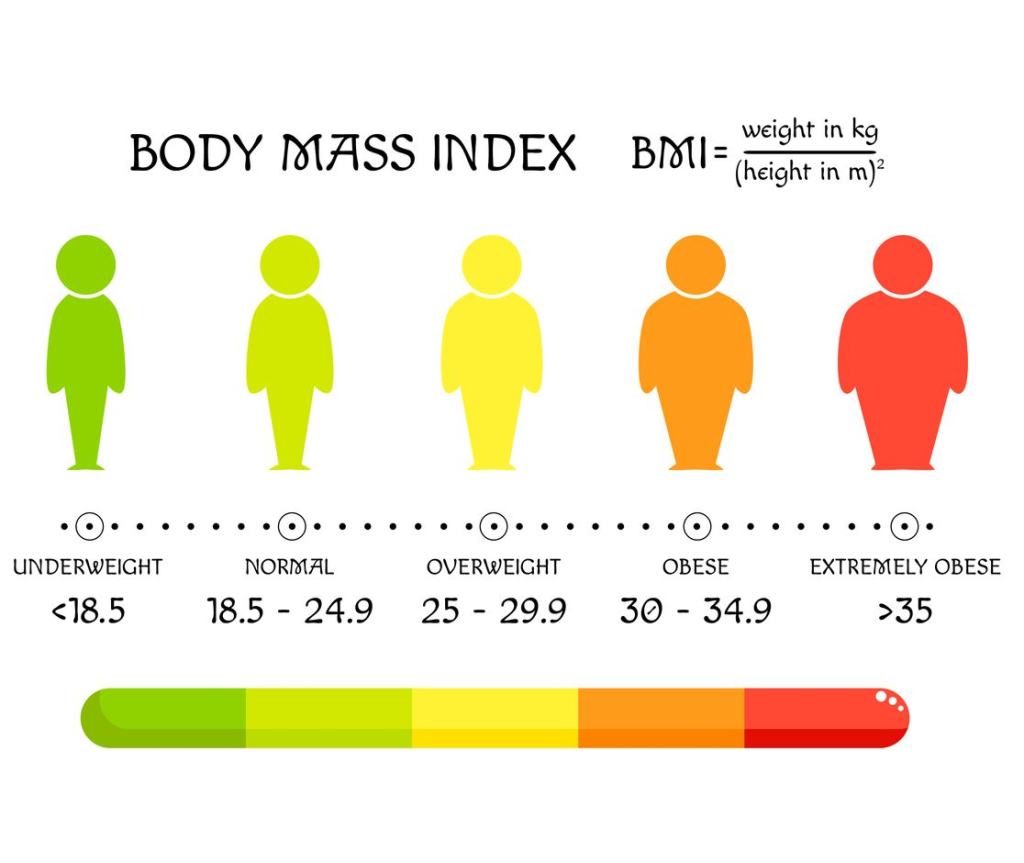
A higher BMI often means more tissue to remove, which takes longer.
Internal vs External Fat
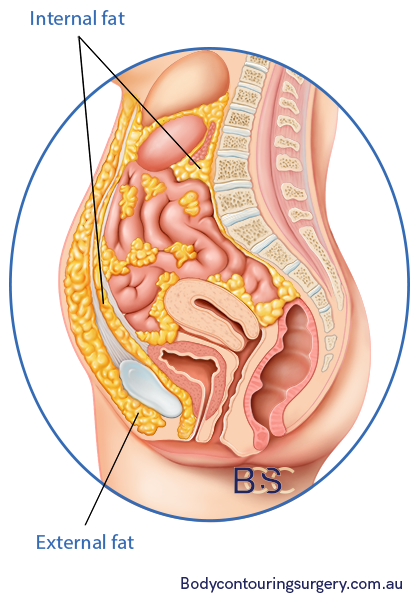
Abdominoplasty removes only external fat beneath the skin. Internal fat around the organs requires weight loss. Patients with significant internal fat may not be suitable candidates.
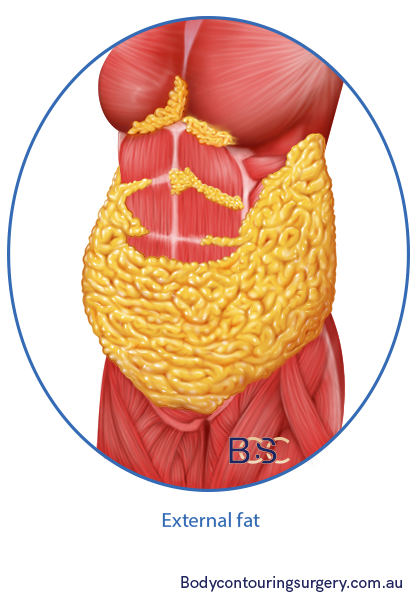
Previous Surgery
Scar tissue from earlier operations makes dissection more complex, particularly around the umbilicus. Revision abdominoplasty therefore takes longer.
Tissue Volume
Patients with a large amount of redundant skin and fat, such as after major weight loss, usually require longer surgery.
Combined Procedures
When abdominoplasty is combined with breast or thigh surgery, total operating time increases.
Anaesthesia and Hospital Stay
Abdominoplasty is performed under general anaesthetic. Longer operations naturally mean more time under anaesthesia. Patients are monitored closely by an anaesthetist throughout the procedure. Hospital stays typically range from one night for mini abdominoplasty to two or three nights for extended procedures or those requiring drains.
Recovery After Abdominoplasty
Recovery unfolds gradually over weeks to months. In the first week, patients usually require help at home with everyday activities. By the second or third week, many can resume light tasks and may be able to drive again. Between four and six weeks, most patients return to normal daily routines, though heavy lifting and strenuous exercise must wait until cleared by the surgeon. Swelling continues to improve for several months, and scars mature over 12 to 18 months before final results are seen.
Comparison Table
| Procedure | Duration (without suction-assisted lipectomy) | Duration (with suction-assisted lipectomy) | Typical Hospital Stay |
|---|---|---|---|
| Mini Abdominoplasty | ≈ 1 hour | ≈ 2 hours | 1 night |
| Full Abdominoplasty | 2–3 hours | 3–5 hours | 1–2 nights |
| Extended Abdominoplasty | 3–4 hours | 4–6 hours | 2–3 nights |
Conclusion
Abdominoplasty surgery can take as little as one hour or as long as six hours, depending on the type of procedure, whether suction-assisted lipectomy is included, and patient-specific factors such as BMI, previous operations, and the amount of tissue to be removed. While the exact time varies, the priority is always that the operation is performed carefully, safely, and tailored to the individual.
